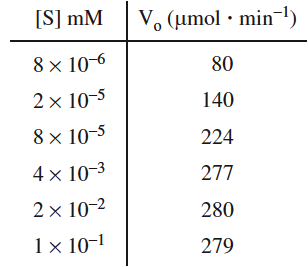TLS Online TPP Program
More Questions
TLS Online TPP Program
#Question id: 12922
#SCPH06 I Botany
Match the following:-
1. Ligase chain reaction. i. Mutation detection
2. Nucleic acid sequence based amplification. ii.Non isothermal
3. Loop mediated isothermal amplification. iii. Viral detection
4. Branched DNA amplification. iv.parasitic disease
TLS Online TPP Program
#Question id: 12922
#SCPH28 | Zoology
Match the following:-
1. Ligase chain reaction. i. Mutation detection
2. Nucleic acid sequence based amplification. ii.Non isothermal
3. Loop mediated isothermal amplification. iii. Viral detection
4. Branched DNA amplification. iv.parasitic disease
TLS Online TPP Program
#Question id: 12923
#SCPH01 Biochemistry
Name the technology which is used as a means of identifying the initial concentrations of DNA or cDNA template used.
TLS Online TPP Program
#Question id: 12923
#SCPH06 I Botany
Name the technology which is used as a means of identifying the initial concentrations of DNA or cDNA template used.
TLS Online TPP Program
#Question id: 12923
#SCPH28 | Zoology
Name the technology which is used as a means of identifying the initial concentrations of DNA or cDNA template used.
TLS Online TPP Program
#Question id: 12924
#SCPH01 Biochemistry
In order to quantify unknown DNA templates, a standard dilution is prepared using DNA of known concentration. As the DNA accumulates during the early exponential phase of the reaction,an arbitrary point is taken where each of the diluted DNA samples cross. This is termed as_____

